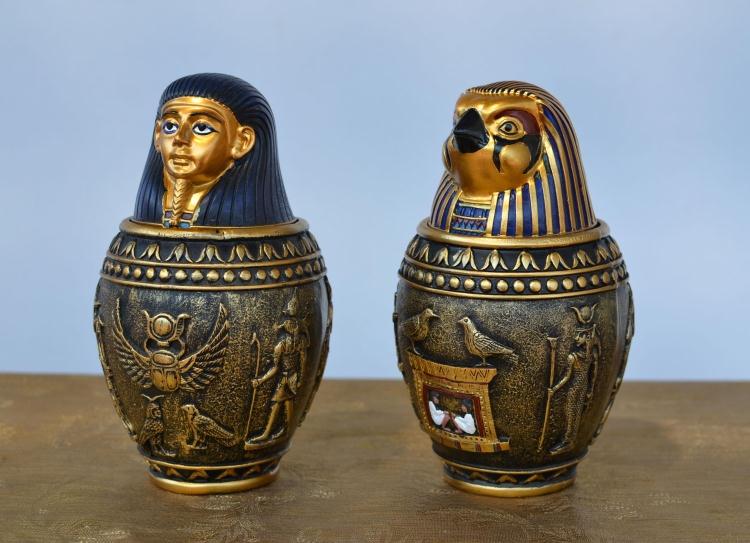































Relevant content
Why do animals have such different lifespans?
By Joao Pedro de Magalhaes — April 2017
For the microscopic lab worm, C. elegans life equates to just a few short weeks on Earth. Compare that with the tortoise, which can age to more than 100 years. Mice and rats reach the end of their lives after just four years, while for the bowhead whale, Earth's longest-lived mammal, death can come after 200. Like most living things, the vast majority of animals gradually degenerate after reaching sexual maturity in the process known as aging. But what does it really mean to age? The drivers behind this process are varied and complicated, but aging is ultimately caused by cell death and dysfunction. When we're young, we constantly regenerate cells in order to replace dead and dying ones. But as we age, this process slows down. In addition, older cells don't perform their functions as well as young ones. That makes our bodies go into a decline, which eventually results in disease and death. But if that's consistently true, why the huge variance in aging patterns and lifespan within the animal kingdom? The answer lies in several factors, including environment and body size. These can place powerful evolutionary pressures on animals to adapt, which in turn makes the aging process different across species. Consider the cold depths of the Atlantic and Arctic Seas, where Greenland sharks can live to over 400 years, and the Arctic clam known as the quahog can live up to 500. Perhaps the most impressive of these ocean-dwelling ancients is the Antarctic glass sponge, which can survive over 10,000 years in frigid waters. In cold environments like these, heartbeats and metabolic rates slow down. Researchers theorize that this also causes a slowing of the aging process. In this way, the environment shapes longevity. When it comes to size, it's often, but not always, the case that larger species have a longer lifespan than smaller ones. For instance, an elephant or whale will live much longer than a mouse, rat, or vole, which in turn have years on flies and worms. Some small animals, like worms and flies, are also limited by the mechanics of their cell division. They're mostly made up of cells that can't divide and be replaced when damaged, so their bodies expire more quickly. And size is a powerful evolutionary driver in animals. Smaller creatures are more prone to predators. A mouse, for instance, can hardly expect to survive more than a year in the wild. So, it has evolved to grow and reproduce more rapidly, like an evolutionary defense mechanism against its shorter lifespan. Larger animals, by contrast, are better at fending off predators, and so they have the luxury of time to grow to large sizes and reproduce multiple times during their lives. Exceptions to the size rule include bats, birds, moles, and turtles, but in each case, these animals have other adaptations that allow them to escape predators. But there are still cases where animals with similar defining features, like size and habitat, age at completely different rates. In these cases, genetic differences, like how each organism's cells respond to threats, often account for the discrepancies in longevity. So it's the combination of all these factors playing out to differing degrees in different animals that explains the variability we see in the animal kingdom. So what about us? Humans currently have an average life expectancy of 71 years, meaning that we're not even close to being the longest living inhabitants on Earth. But we are very good at increasing our life expectancy. In the early 1900s, humans only lived an average of 50 years. Since then, we've learned to adapt by managing many of the factors that cause deaths, like environmental exposure and nutrition. This, and other increases in life expectancy make us possibly the only species on Earth to take control over our natural fate.
Article Source: https://www.ted.com/talks/joao_pedro_de_magalhaes_why_do_animals_have_such_different_lifespans
TED-Ed Original lessons feature the words and ideas of educators brought to life by professional animators.







































